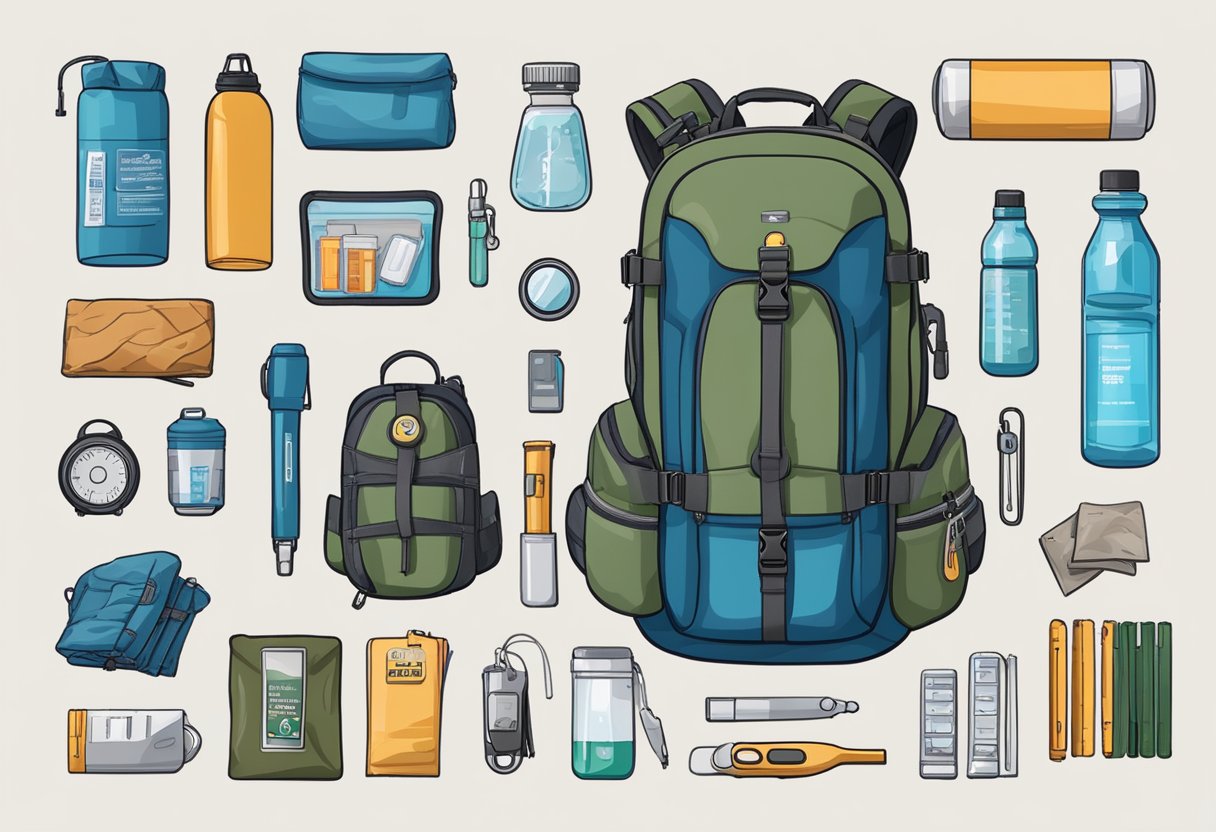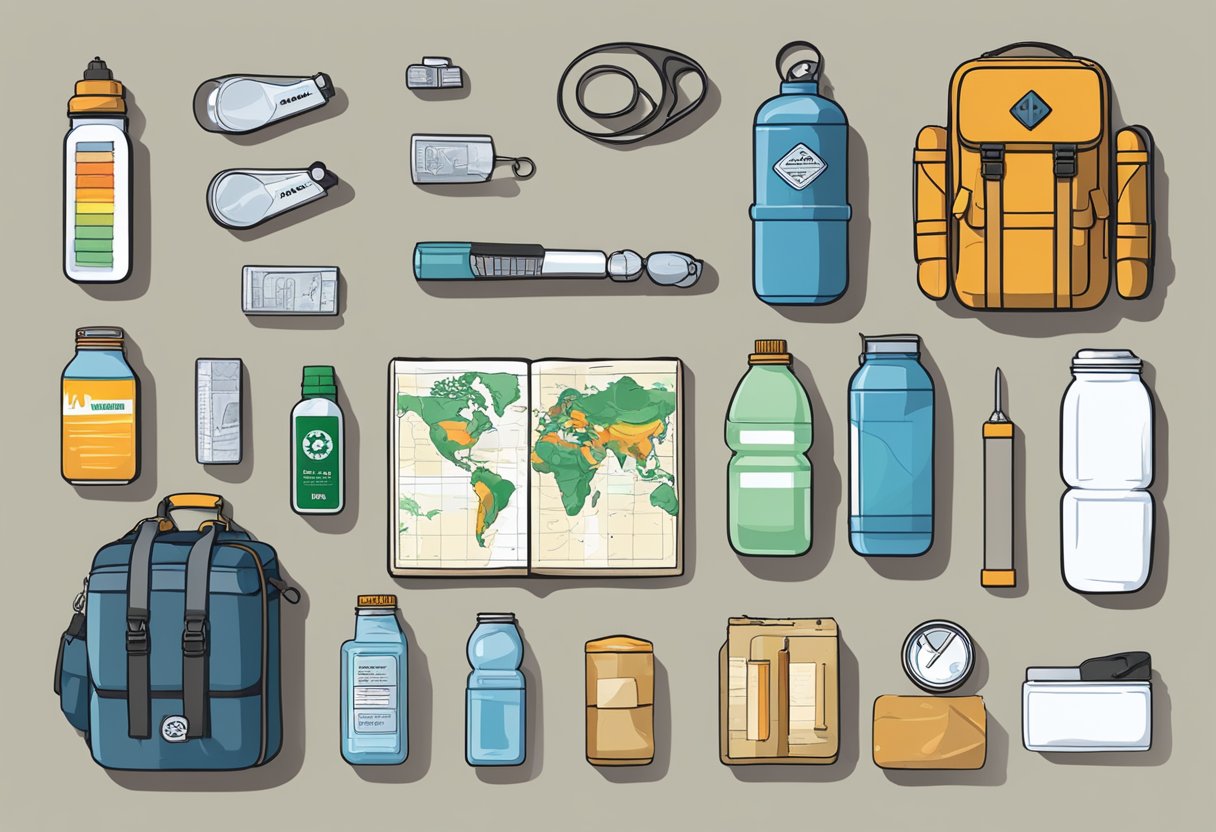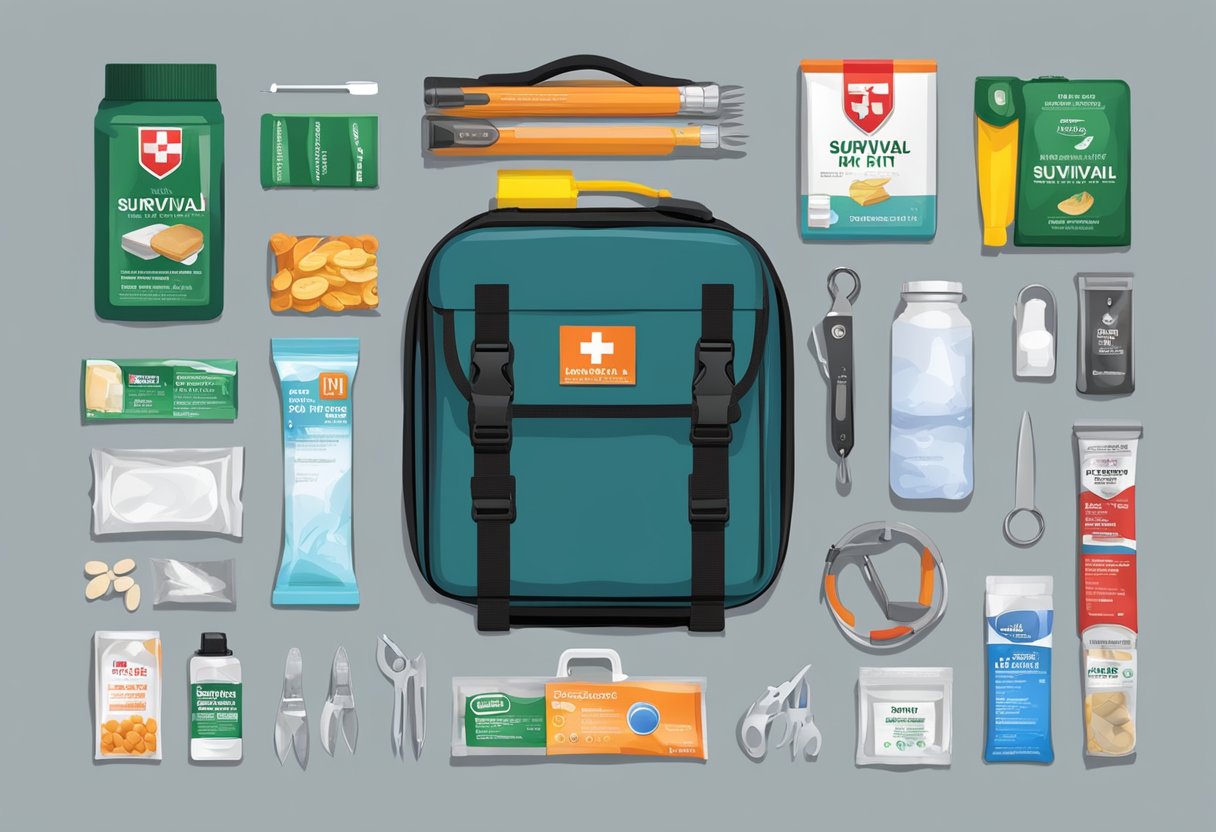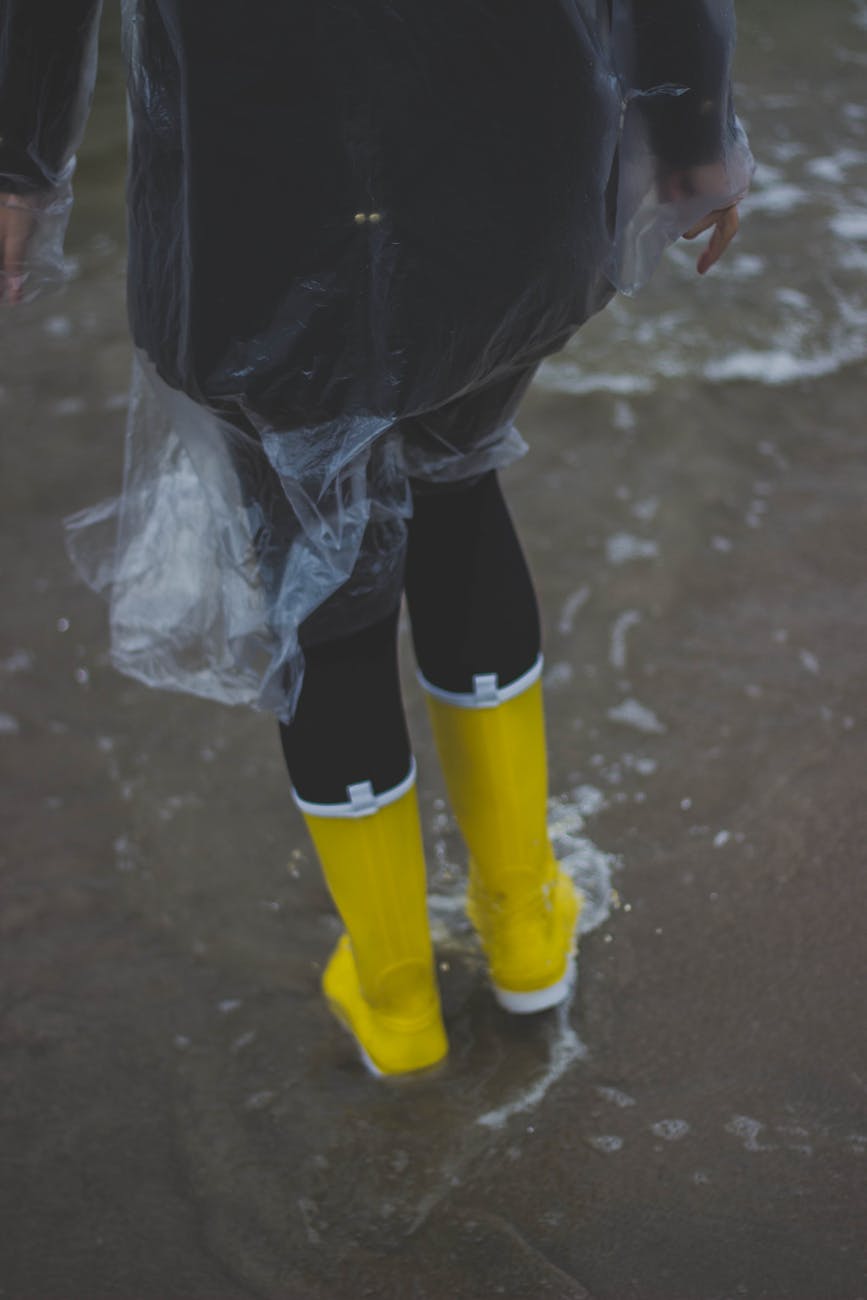What is a 72 Hour Survival Kit? Essential Items for Emergency Preparedness

A 72-hour survival kit is an essential tool for emergency preparedness. Designed to help individuals and families survive for at least three days without external support, these kits contain vital items like food, water, and medical supplies. In evacuation scenarios, having a well-stocked 72-hour kit can be a lifesaver, providing the necessary resources to cope with crises.
These kits are budget-friendly and can be customized according to personal needs and circumstances. They typically include high-priority survival gear, which can be crucial when staying away from home short-term. Essentials often found in a 72-hour kit are canned food, granola bars, water, first aid supplies, and other items necessary for basic survival.
Being prepared with a 72-hour survival kit means having peace of mind in the face of unexpected disasters. Whether it's an evacuation order or another emergency situation, this kit ensures that individuals are equipped to handle the immediate challenges without relying on authorities or returning home.
Understanding 72-Hour Survival Kits
A 72-hour survival kit is a crucial component in disaster preparedness. It contains essential items for survival during the first three days after an emergency hits. Individuals or families need these kits to stay prepared for any sudden evacuation or need to remain indoors.
The Concept of the 72-Hour Kit
A 72-hour kit, also known as a bug-out bag, is designed to sustain someone for three days during an emergency. The idea is to have a portable, modular set of items that can cover basic needs such as food, water, clothing, and tools.
Food and Water:
- At least one gallon of water per person per day.
- Non-perishable food items like canned goods and energy bars.
Clothing:
- Weather-appropriate attire.
- Sturdy shoes and extra socks.
Tools and Gear:
- First aid kit.
- Flashlights with extra batteries.
- Multi-tool or knife.
Importance in Disaster Preparedness
In the event of an emergency, having a 72-hour kit can make the difference between safety and vulnerability. It ensures that essential supplies are easily accessible and ready for quick evacuation or if sheltering in place is necessary.
Why You Need It:
- Natural Disasters: Earthquakes, floods, or hurricanes may require immediate evacuation.
- Man-Made Disasters: Fires, chemical spills, or power outages may disrupt normal life.
Key Items to Include:
- First Aid Supplies: Bandages, antiseptics, and medications.
- Communication Devices: Battery-operated or crank radio.
- Shelter Materials: Tents or emergency blankets.
Being prepared with a well-stocked 72-hour emergency kit is crucial for personal and family safety. This preparedness can mitigate some of the chaos that comes with sudden emergencies, providing a sense of control and readiness.
Essential Components of a Survival Kit

A 72-hour survival kit should contain items to help you stay alive, healthy, and safe for three days. This includes water, food, shelter, first aid, and tools for communication and hygiene.
Water and Hydration Options
Water is critical. Aim for at least 1 gallon per person per day. This means you need three gallons per person for 72 hours. Consider bottled water for its ease of storage and portability. Include water purification tablets or a portable filter. These tools can make unsafe water drinkable. A small metal cup or bottle is also handy for boiling water. Always remember the importance of staying hydrated in any emergency situation. Dehydration can quickly become life-threatening.
Food and Nutrition
Pack non-perishable foods. Canned goods, energy bars, and freeze-dried meals are good options. Aim for high-calorie items that provide energy. Include a manual can opener if you pack cans. Foods should be easy to prepare without cooking. Peanut butter, crackers, and dried fruits are valuable additions. Consider the dietary needs of all family members, including any allergies or special diets. Always check expiration dates before packing.
Shelter and Warmth
A compact tent or tarp can provide immediate shelter. Include sleeping bags or emergency blankets to stay warm. Clothing layers are important; pack multiple sets of clothing that are appropriate for the season. Matches or a lighter are crucial for starting a fire, which can provide warmth and help with cooking. A small stove or portable heater can also be valuable. Always prioritize items that can protect against rain, wind, and cold.
First Aid and Medical Supplies
A basic first aid kit is a must. Include bandages, antiseptic wipes, pain relievers, and basic medications. Pack any prescription medications for each person. Consider additional items like asthma inhalers or epipen if necessary. Include a first aid manual to guide you in case of an injury. Cold packs, tweezers, and scissors are also useful.
Hygiene and Sanitation
Hygiene is critical. Include items like hand sanitizer, soap, and wet wipes. These keep hands and surfaces clean. A small shovel can help with digging waste pits if necessary. Pack some toilet paper and feminine hygiene products. A sealable plastic bag can be used to store used items until they can be disposed of properly. Hygiene can help prevent illness in a stressful situation.
Lighting and Communication Tools
Lighting is key for safety. Pack a flashlight with extra batteries. You might also include glow sticks or an LED lantern. A battery-powered radio or hand-crank radio is essential for staying informed about emergency updates. Include a whistle for signaling and a spare phone charger. A multi-tool with built-in functions like a knife and screwdriver can be useful.
Tools and Multi-Use Items
A multi-tool is invaluable for its versatility. It can perform various functions such as cutting, opening, and screwing. Duct tape can be used for quick repairs. Pack rope or paracord for tying things down or making a shelter. Include a notebook and pen for taking notes. Garbage bags are useful for waste management and can even serve as a makeshift poncho. Strategically chosen tools can make surviving an emergency much easier.
Planning and Customization

Creating a 72-hour survival kit involves carefully selecting items to meet specific, individual needs. This ensures you are fully prepared for an emergency situation.
Personalizing Your Kit
Each person's kit should cater to their unique requirements. Medications are a top priority; include a three-day supply of all essential prescriptions. If you wear glasses or contacts, pack an extra pair along with a lens case and solution. Allergies should not be overlooked; include antihistamines or an EpiPen if needed. Additionally, ensure every family member has their own set of essentials like toiletries, clothing, and even comfort items such as books or toys for children. Tailoring the kit ensures everyone’s health and comfort are maintained.
Considering Special Needs
Special needs must be accounted for during planning. Individuals with mobility issues may need additional items like a wheelchair battery or medical equipment. Infants require diapers, formula, and baby food. Elderly family members might need hearing aids, dentures, and other specific medical supplies. Ensure you have enough hygiene items like sanitation bags, wipes, and hand sanitizers. Keeping a list of personal documents such as IDs, insurance papers, and contact information is also recommended. This makes sure everyone’s specific needs are met adequately.
Pet Preparedness
Pets are part of the family and need their own survival kit. Pack enough food and water for them for three days. Include medications they might be on, a leash or carrier, and any comfort items like a favorite toy or blanket. Sanitation is also important; pack waste disposal bags and a portable litter box for cats. Ensure your pet’s identification tags are up to date, and keep vet records handy in case you need to prove vaccination status or medical history.
Packaging and Storage Solutions

Organizing and storing your 72-hour survival kit properly ensures you can access it quickly when needed. Essential considerations include selecting the right container and maintaining and storing the kit in an accessible and safe place.
Selecting the Right Container
Choosing the right container is crucial. Backpacks are a popular choice because they are portable and easier to carry compared to boxes or bins. Look for a sturdy backpack with multiple pockets to keep items organized. Waterproof containers or bags are valuable to protect items from getting wet. Consider buying a container with wheels if your kit is heavy. Plastic containers with secure lids can also be useful for long-term storage.
Key items to consider:
- Backpacks with multiple compartments
- Plastic containers with tight lids
- Waterproof bags or containers
Maintaining and Storing Your Kit
Once your kit is packed, proper storage is key. Store your kit in an easily accessible location, like a closet or car trunk. Ensure it's in a cool, dry place to prevent damage from heat or moisture. Regularly check the items in your kit. Replace items that have expired or are used. Keep a list of your kit's contents and their expiration dates. Every six months, review and update this list.
Important storage practices:
- Keep the kit in a dry, cool place
- Regularly check and replace expired items
- Store in a spot that's easy to access in case of emergency
Using these guidelines will help you make sure your 72-hour survival kit is ready and reliable for any situation.
Additional Considerations

In addition to basic survival needs, there are a few more things you should think about for your 72-hour survival kit. This includes important documents and cash, ways to navigate and plan evacuations, ensuring you can charge electrical devices, and keeping your morale up.
Important Documents and Cash
Keeping copies of important documents in your 72-hour survival kit is crucial. This includes IDs, insurance papers, medical records, and property deeds. Store them in a waterproof bag. Having cash on hand is also necessary since ATMs and card readers might not work during an emergency. It's wise to have small bills and coins for easier transactions.
Navigating and Evacuation Plans
Maps of your local area can be a life-saver if digital navigation tools fail. Include both city and regional maps. Make sure to mark evacuation routes and meeting points. An evacuation plan should be clear and rehearsed by all family members. Identify multiple routes and safe locations in case one path becomes unusable.
Electrical Power and Charging
A reliable way to charge your devices can keep you in touch with loved ones and emergency services. Include a solar charger or a hand-crank charger to power your cell phone and other small electronics. These don’t rely on traditional power sources, making them indispensable during outages.
Entertainment and Morale
Staying entertained can help maintain morale during stressful times. Pack a few books and games to keep minds occupied. These items can distract from the discomfort and anxiety of the situation. Simple card games or a favorite novel can make a huge difference in maintaining a positive mindset.
Practical Tips and Best Practices
When preparing a 72-hour survival kit, a few key practices can help keep your kit effective and reliable. Regularly inspecting your supplies, familiarizing yourself with the items, and managing your budget smartly will ensure you stay prepared for emergencies.
Regular Inspection and Update of Supplies
It's important to inspect your 72-hour survival kit every six months. Check for expired food, water, and medical supplies. Replace any items that have passed their expiration dates. A checklist can help you ensure nothing is missed. Items like batteries can lose their charge over time, so test and replace them as needed. Rotate perishable supplies to keep them fresh. Checking the kit regularly helps keep you prepared.
Training and Familiarization
Simply having a 72-hour survival kit isn't enough; knowing how to use the items is crucial. Practice setting up tents, using water purification tools, and administering basic first aid. Hold a family drill every few months to ensure everyone knows where the kit is and how to use it. Reading instruction manuals and watching tutorials can boost confidence. This practice ensures that in an actual emergency, you or your family won't waste precious time figuring out how essentials work.
Budget Considerations
Building a thorough survival kit doesn't have to break the bank. Start with the most critical items like food, water, and first aid supplies. Gradually add other equipment as your budget allows. Look for sales or discounts on emergency supplies. Prioritize multi-purpose items to save both space and money. Maintain a budget by setting aside funds gradually, which makes it easier to manage the costs of creating and updating your kit. A well-prepared survival kit can make a significant difference during emergencies. By keeping these practical tips in mind, you can ensure that your kit is always ready when you need it.




